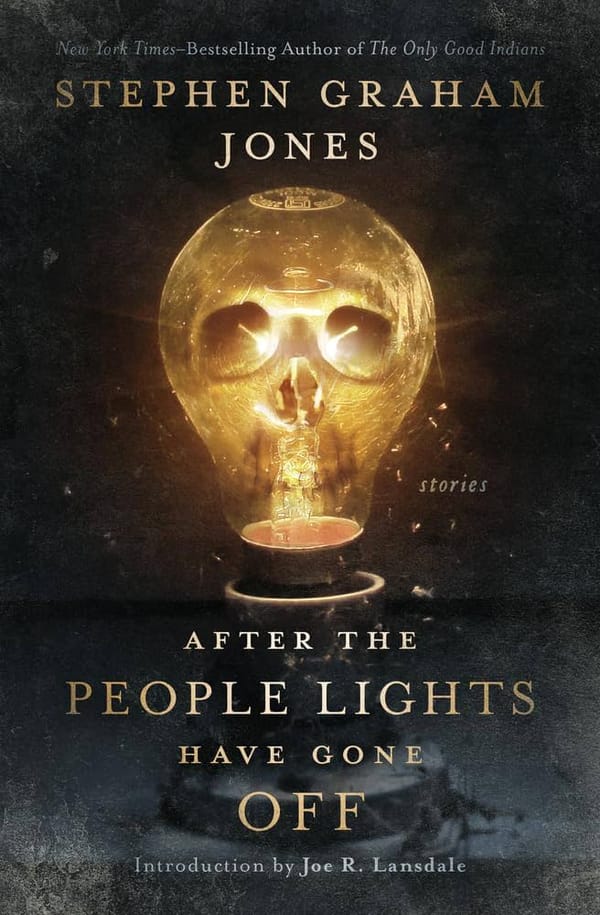Tracing The Shape 30: Sam Loomis is Damned

Sam Loomis has wanted this for a long time.
It's the end of a long search, and he's cornered Michael Myers on the top floor of a house in Haddonfield. His gun is loaded, he's ready to make his move. If he does it right, he will save the wounded Laurie Strode, but her presence is almost incidental to his actions. He's been dreaming of this moment for at least 24 hours, likely a lot longer.
Because Sam Loomis wants to, needs to, has to know something about Michael Myers, and about himself.
Way back when we first met Sam Loomis, I talked about him as a damned soul, a man so lost in his obsessions that any hope of a fulfilling life beyond them is long gone. He has been working for 15 years to let the world know what Michael Myers really is. He spent his time preaching his gospel, his conviction that Michael, even as a child, was an evil being, not a troubled soul. He fought so hard that even his colleagues are sick of him, and he has trouble convincing anyone that he's right, not about Michael's ability to kill, but about Michael's outsized, almost cosmically driven nature.
He cares about Michael's fate, about the darkness locked away behind those eyes, more than he cares about anything or anyone else in the world. He cares about him so much that it's hard not to wonder if Loomis' tremendous intellect and focus being trained on a single being for so long somehow helped Michael become what he is now. Whether a participant in Michael Myers mythmaking or not, Loomis is damned because whatever life he might have had is something he can't ever get back.
We've now talked extensively in past essay's about Laurie's capacity for violence, and her decision to always throw away Michael's knife even if she's already had to use it, because she cannot make herself into someone who could go in for another kill. Loomis, by contrast, has spent the entire film carrying around a gun in his pocket, and when he finally finds Michael, he uses it.
He doesn't call out Michael's name, doesn't take a moment to marvel at the situation, doesn't make a sound. Loomis just fires, and after apparently hitting Michael once, he follows him into the bedroom to empty the pistol completely. The first shot could be attributed to quick thinking – he saw a wounded girl and a killer and took action to save a life – but the others are not. The others are shots Loomis saw in his head long before he even touched that trigger. Donald Pleasence's eyes are cold, steely, almost dead with pure focus on the act of harming another human, of doing the very thing his oath as a doctor tells him he shouldn't do.
Any hope Sam Loomis had of redemption, of someday walking away from all of this, evaporates in this moment, pink mist in the wake of those gunshots. When Michael is gone, crashed over the Doyles' balcony, the look on Loomis' face is one of resigned satisfaction, not at being pleased with a task, but at being relieved that it's done.
Only it's not.
Loomis' famous dialogue with Laurie here, in which he assures her that, as a matter of fact, she had just survived The Boogeyman, showcases this. There's a hesitancy in his words, but a confirmation too. They are not the words of a man who believes he has won, but a man who believes his fate is sealed, and there's only one step left to confirm his worst fears about that fate.
So Loomis walks to the balcony, and looks down.
Carpenter has talked about his discussions over this moment with Pleasence himself, and their agreement that there should be a look not of shock, but of resignation on Loomis' face, as though he always knew that Michael wouldn't go down that easily. That's definitely present in the scene, just as they discussed, but even within that understanding Pleasence gives us some added notes of something else.
His initial reaction is not one of complete calm, nor one of panic. His eyes go slightly wider, flaring out just to make sure he's seeing what he's seeing: An empty lawn, no Michael in sight. There is a hint of fear there, a sense that he thinks maybe Michael could pop up over his shoulder at any moment. Then the resignation starts to set in, and by the time we see him for the last time, Loomis looks ready for another hunt.
I think a couple of things are happening within this, because I think that, while Loomis definitely thought of shooting Michael well before he actually did it, I also think he really wasn't sure what would happen if he went through with it. I think the more he obsessed over that young man, studied him, imagined the path he'd take if freed, the more he could never be sure if he was looking at something beyond human understanding, or simple, banal evil in a tiny package.
Before Sam Loomis walks to that balcony, Michael is Schrodinger's Slasher, simultaneously dead and alive, up and down, injured and restored. Loomis genuinely does not know what he's about to see, though he knows what he hopes for. He hopes for a dead 21-year-old man, because then he can go home, then he can rest.
But it was never going to be that simple, and Loomis has barely taken this information in before he's resigned to the new parameters of his life. As he feared, as some part of him knew, he will never be free of this. His life is now in service to chasing a demon who can't be exorcised, a monster both flesh and myth. His life is trying to do the impossible, and he knows, as he looks out into the Haddonfield night, that no matter how much he'd like to, he will never stop.
Sam Loomis is Damned, and his only consolation might be that Michael Myers is Damned with him.
Next: You Can't Kill The Boogeyman!



